Moreno Valley Water Quality at a Glance
serious concerns
Is Moreno Valley Water Safe to Drink?
Legally Compliant, But Concerning – Moreno Valley water meets federal standards but contains 16 different contaminants exceeding health guidelines. Key issues include arsenic at 609x health guidelines (2.43 ppb), PFAS “forever chemicals” including PFOA and PFHxS, and multiple trihalomethanes from chlorine treatment. The city’s water comes from a mix of Colorado River water and local groundwater, with contamination from natural sources and treatment byproducts.
⚠️ Key Concerns for Moreno Valley Residents
- Extreme Arsenic Levels: 2.43 ppb detected – 609x above health guidelines and naturally occurring in groundwater from local geology
- PFAS “Forever Chemicals”: PFOA at 0.462 ppt and PFHxS at 0.341 ppt – linked to cancer, liver damage, and immune system issues
- Disinfection Byproducts: Multiple trihalomethanes and haloacetic acids formed during chlorine treatment, all exceeding health guidelines
- Hard Water Issues: Moderately hard water causing metallic taste, chlorine odor, and scaling in pipes and appliances
Read the full report below for detailed analysis, city-specific data, and actionable recommendations for Moreno Valley residents.
Moreno Valley – California – Water Quality Report 2025: PFAS Testing, Infrastructure Concerns & Safety across your city
Eastern Municipal Water District (EMWD) provides comprehensive water services to approximately 215,000 residents in Moreno Valley, serving as California’s sixth-largest retail water agency within a 555-square mile service area across western Riverside County. Established in 1950, EMWD delivers an average of 52 million gallons of drinking water daily through over 2,500 miles of distribution pipelines, multiple treatment facilities, and advanced water reclamation systems that produce some of the highest quality recycled water in the nation.
Moreno Valley’s water supply comes from multiple sources: approximately 80% from imported water through the Metropolitan Water District of Southern California (Colorado River Aqueduct and State Water Project), and 20% from local groundwater wells in the San Jacinto Basin, Hemet area, and surrounding regions including Moreno Valley, Perris Valley, and Murrieta. Water is treated at state-of-the-art facilities including the Robert A. Skinner Filtration Plant, which incorporates advanced treatment technologies including ozonation, UV disinfection, and multi-barrier filtration. While EMWD consistently meets all federal and state quality standards, recent independent testing reveals concerning levels of arsenic (609x above health guidelines), PFAS “forever chemicals,” and disinfection byproducts that exceed health-based guidelines, highlighting the need for continued vigilance and potential home filtration in California’s dynamic water landscape.
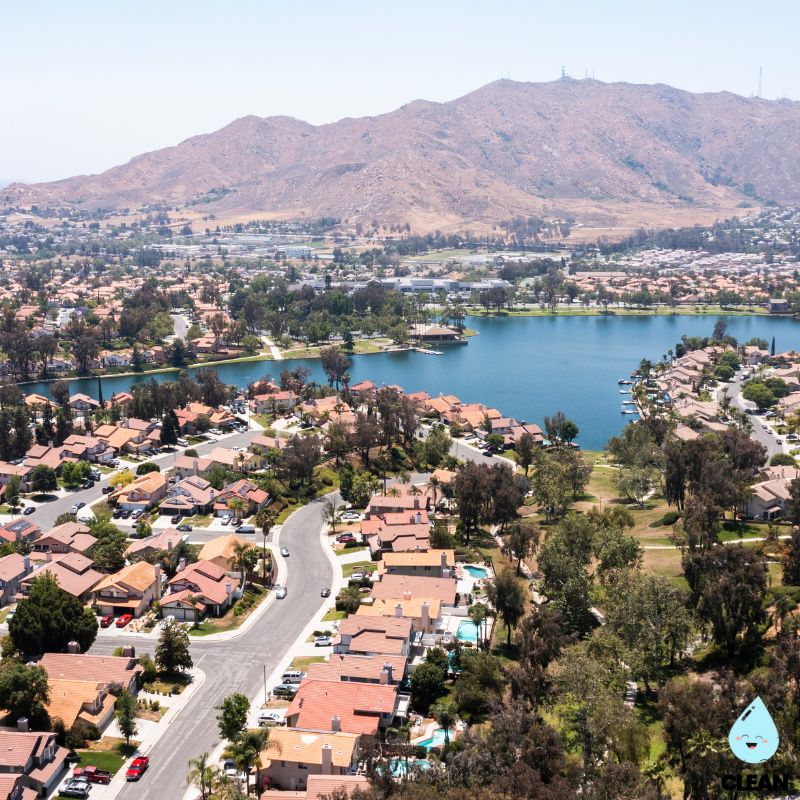
Moreno Valley Water Quality: Current Status (2024-2025)
Latest Testing Results
- Regulatory Compliance: EMWD’s water consistently meets all federal and state drinking water standards, maintaining full compliance with EPA and California Department of Public Health regulations as of the most recent testing period (April-June 2024), though independent testing reveals 16 contaminants exceeding health-based guidelines.
- Contaminant Detection: Recent independent analysis found concerning levels of arsenic at 2.43 ppb (609x above health guidelines), PFAS compounds including PFOA at 0.462 ppt and PFHxS at 0.341 ppt, and multiple disinfection byproducts exceeding health-based recommendations.
- Testing Scope: The district conducts thousands of water quality tests annually across multiple treatment facilities and distribution points, including comprehensive monitoring for over 200+ regulated and unregulated contaminants, with results available through annual Consumer Confidence Reports.
Water Sources
- Imported Water (80%): Primary supply from Metropolitan Water District of Southern California through Colorado River Aqueduct and State Water Project connections, providing reliable imported surface water that undergoes extensive treatment before distribution.
- Local Groundwater (20%): Wells operated in San Jacinto Basin, Hemet, Moreno Valley, Perris Valley, and Murrieta regions, with some production limitations due to the Fruitvale Judgment and Decree affecting certain wells in the San Jacinto area.
- Groundwater Challenges: Local groundwater sources contribute to naturally occurring arsenic contamination due to geological conditions in the region, requiring ongoing monitoring and potential treatment upgrades to address emerging contaminant concerns.
Advanced Treatment Technology
- Robert A. Skinner Filtration Plant: State-of-the-art facility serving Moreno Valley with advanced treatment including coagulation, flocculation, sedimentation, ozonation, and UV disinfection, though additional treatment may be needed to address PFAS and arsenic levels.
- Multi-Barrier Approach: Integrated treatment system incorporating source water protection, conventional treatment, advanced oxidation, and chloramine disinfection, with ongoing evaluation of enhanced treatment technologies for emerging contaminants.
- Water Reclamation Excellence: Moreno Valley Regional Water Reclamation Facility produces tertiary-treated recycled water, with EMWD using 100% of its recycled water for beneficial reuse—leading the nation in recycled water utilization efficiency.
Infrastructure Modernization
- Distribution System: Over 2,500 miles of water pipelines throughout the service area with ongoing infrastructure improvements and smart monitoring systems to enhance reliability and reduce water loss, serving approximately 215,000 residents.
- Quality Recognition: EMWD maintains AAA credit ratings and has received recognition for water quality, though recent independent testing highlights the need for enhanced treatment of naturally occurring and emerging contaminants affecting taste and long-term health considerations.
- Future Investments: Strategic partnerships including potential participation in advanced treatment technologies, continued expansion of water treatment capacity, and evaluation of enhanced filtration systems to address arsenic, PFAS, and other contaminants of concern.
Customer Protection Initiatives
EMWD provides comprehensive customer support through various programs, including annual Consumer Confidence Reports available in English and Spanish, water quality information request services, and extensive educational outreach programs. The district’s commitment to transparency includes detailed water quality reporting and proactive communication about any system changes or maintenance activities. Given recent findings showing elevated levels of arsenic, PFAS, and disinfection byproducts, residents may want to consider independent water testing and NSF-certified home filtration systems as additional protective measures while EMWD continues its investment in advanced treatment technologies, source diversification, and infrastructure modernization to address California’s evolving water challenges including climate variability, population growth, and emerging contaminants management.
Recommendations for Moreno Valley Residents
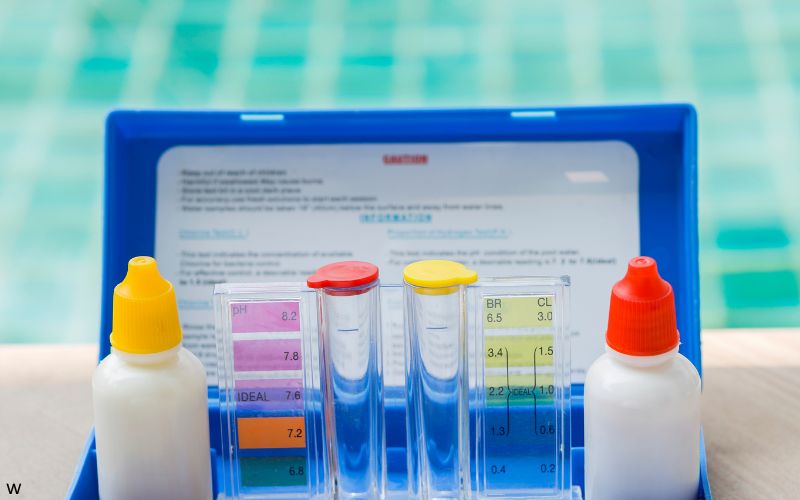
Test Your Water
Contact EMWD’s Water Quality team at (951) 928-3777 for water quality information or to request testing services. Consider independent testing for arsenic, PFAS, and other contaminants of concern. Complete their online Water Quality Information Request Form for specific concerns about taste, odor, or other water quality issues.
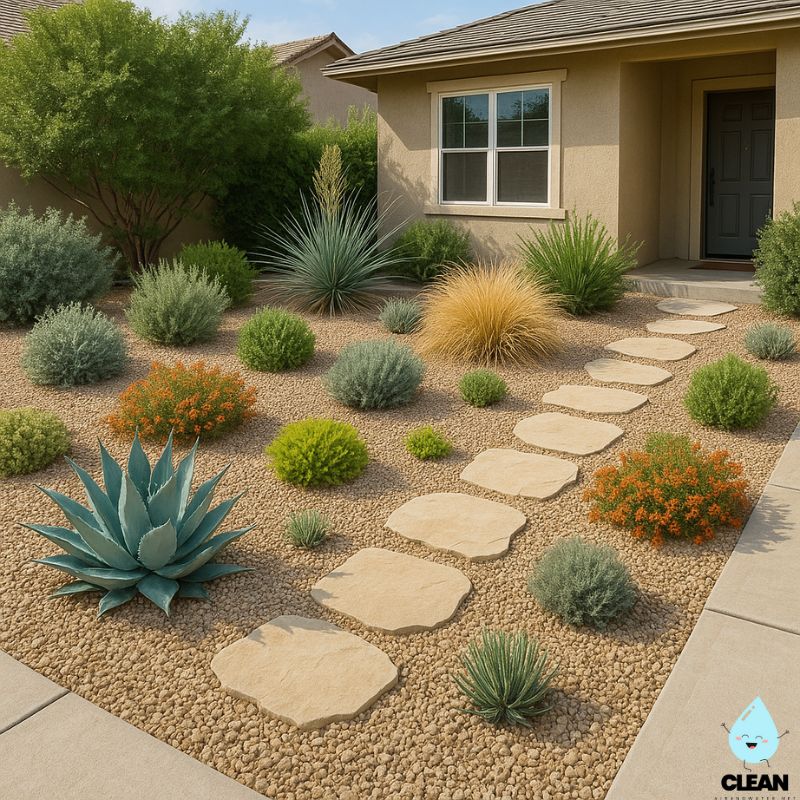
Conserve Water
Take advantage of EMWD’s water conservation programs and rebates for drought-tolerant landscaping. Follow current water budget guidelines and permanent conservation measures to help maintain sustainable water supplies while reducing potential exposure to concentrated contaminants during drought periods.

Consider Home Filtration
Given elevated arsenic (609x health guidelines), PFAS compounds, and disinfection byproducts, NSF-certified reverse osmosis or activated carbon filters are recommended for drinking water. Consider water softening systems due to the region’s moderately hard water affecting taste and appliance longevity.

Join Recycled Water Programs
Explore EMWD’s recycled water services for irrigation and landscape use. The district is a national leader in recycled water utilization, using 100% of treated wastewater for beneficial reuse in the community, helping conserve high-quality drinking water for potable uses.

Report Issues
Contact EMWD Customer Service at (951) 928-3777 (available 24/7) for water emergencies, pressure problems, or quality concerns including unusual taste, odor, or discoloration. Report leaks promptly to help conserve water and maintain system integrity throughout Moreno Valley.
Frequently Asked Questions
Is Moreno Valley’s tap water safe to drink?
EMWD’s water meets all federal and state drinking water standards and undergoes comprehensive treatment. However, independent testing reveals concerning levels of certain contaminants that exceed health-based guidelines, including arsenic at 609x recommended levels and PFAS “forever chemicals.”
The water comes from multiple protected sources including imported Colorado River and State Water Project supplies, plus local groundwater, all undergoing comprehensive treatment at the Robert A. Skinner Filtration Plant. While legally compliant, residents may want to consider NSF-certified home filtration systems for drinking water given the detected contaminant levels. EMWD conducts thousands of tests annually and provides transparency through annual Consumer Confidence Reports and responsive customer service.
Why is my water sometimes hard or has a metallic taste?
Moreno Valley’s water is moderately hard due to natural mineral content (calcium and magnesium) from both imported and groundwater sources. This can cause scaling in appliances but is not harmful to health. Metallic taste may be related to naturally occurring arsenic levels.
Occasional taste or odor changes may occur due to:
1. Seasonal variations in source water quality, especially during weather changes
2. Natural mineral content and geological conditions in the San Jacinto Basin contributing to arsenic and other naturally occurring compounds
3. Chloramine disinfection, which provides longer-lasting protection than chlorine but may have a slight taste and forms disinfection byproducts
If taste or odor concerns persist, contact EMWD’s Water Quality team at (951) 928-3777. Running water for a few minutes after periods of non-use can help, and activated carbon or reverse osmosis filters can improve taste and reduce contaminants.
Does EMWD test for lead in Moreno Valley’s water?
Yes, EMWD regularly monitors for lead and copper and maintains full compliance with all federal regulations. Recent testing shows no detectable lead levels in the water supply:
• Service Line Study: EMWD completed a comprehensive lead and copper service line study in 2022 following new federal regulations
• Monitoring Results: All testing shows lead and copper levels well below EPA action limits with recent results showing 0.0 ppb lead detected
• Treatment Methods: Advanced corrosion control treatment prevents leaching from plumbing materials
• Source Protection: Neither imported water sources nor local groundwater contain significant lead contamination
Most lead exposure in drinking water comes from older home plumbing rather than the water system itself. Residents with concerns can contact EMWD’s Water Quality team for testing information and guidance on home plumbing assessment.
Are there current water restrictions in Moreno Valley?
EMWD operates under ongoing water conservation measures designed to ensure long-term supply reliability and maintain water quality:
Water Budget System:
• Customers receive individualized water budgets based on household size and property characteristics
• Excess usage beyond budget is charged at higher tier rates to encourage conservation
• Budgets are adjusted seasonally based on weather and irrigation needs
Current Conservation Guidelines:
• Outdoor irrigation should be efficient and avoid water waste (runoff, evaporation during hot parts of the day)
• Take advantage of rebate programs for drought-tolerant landscaping and high-efficiency appliances
Current water restriction status and conservation programs are available at emwd.org or by calling (951) 928-3777. Conservation also helps maintain water quality by reducing strain on treatment systems.
Quality News About Your Water
Get the comprehensive water quality news coverage you need with our dedicated US Water News Service. From coast to coast, we deliver in-depth reporting and expert analysis on PFAS contamination, EPA regulatory changes, infrastructure developments, and emerging water safety issues affecting communities nationwide. While mainstream media only covers the biggest stories, we provide the detailed, ongoing coverage that helps you understand the full scope of America’s water challenges. Whether you’re a concerned citizen, water professional, or community leader, our daily updates and analytical insights keep you informed about the issues that matter most to public health and environmental safety.
Contaminants of Concern
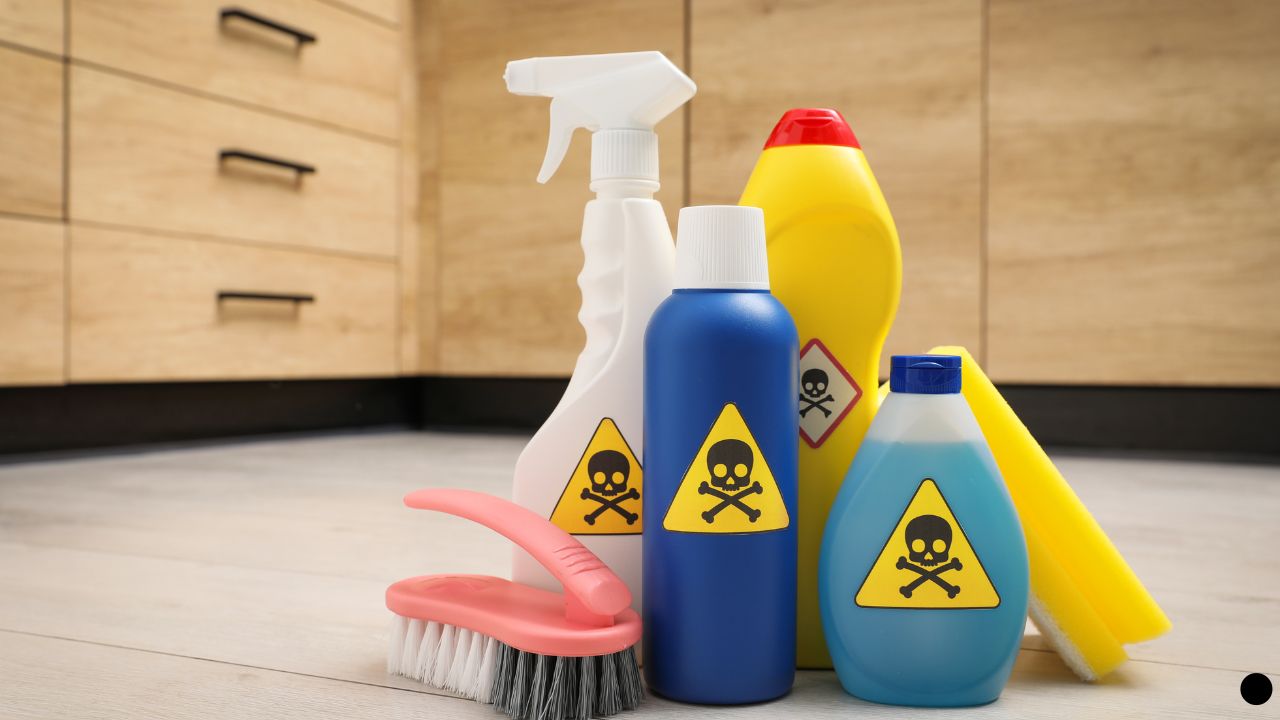
Arsenic
Source: Naturally occurring in local groundwater due to geological conditions in the San Jacinto Basin and surrounding areas; levels can vary by well location and seasonal groundwater flow patterns
Health Effects: Long-term exposure to arsenic is linked to increased risk of skin, bladder, and lung cancer, as well as cardiovascular disease and potential developmental effects in children
Current Levels: Recent testing shows 2.43 ppb arsenic – 609 times above EWG health guidelines but below EPA legal limit of 10 ppb Recommendation: NSF-certified reverse osmosis or specialized arsenic removal filters for drinking water

PFAS Compounds
Source: Per- and polyfluoroalkyl substances that may enter water supplies from industrial activities, military bases, and consumer products throughout the Colorado River watershed and local groundwater basins
Health Effects: Research suggests potential concerns including impacts on immune system, thyroid function, cholesterol levels, liver damage, and possible links to certain cancers with long-term exposure
Current Status: Recent testing detected PFOA at 0.462 ppt (5.1x above health guidelines) and PFHxS at 0.341 ppt (341x above health guidelines). EMWD monitors for PFAS compounds as EPA implements new regulations EPA Limits: New federal PFAS drinking water standards finalized in 2024 with 4 ppt limits for PFOA and PFOS, implementation through 2027
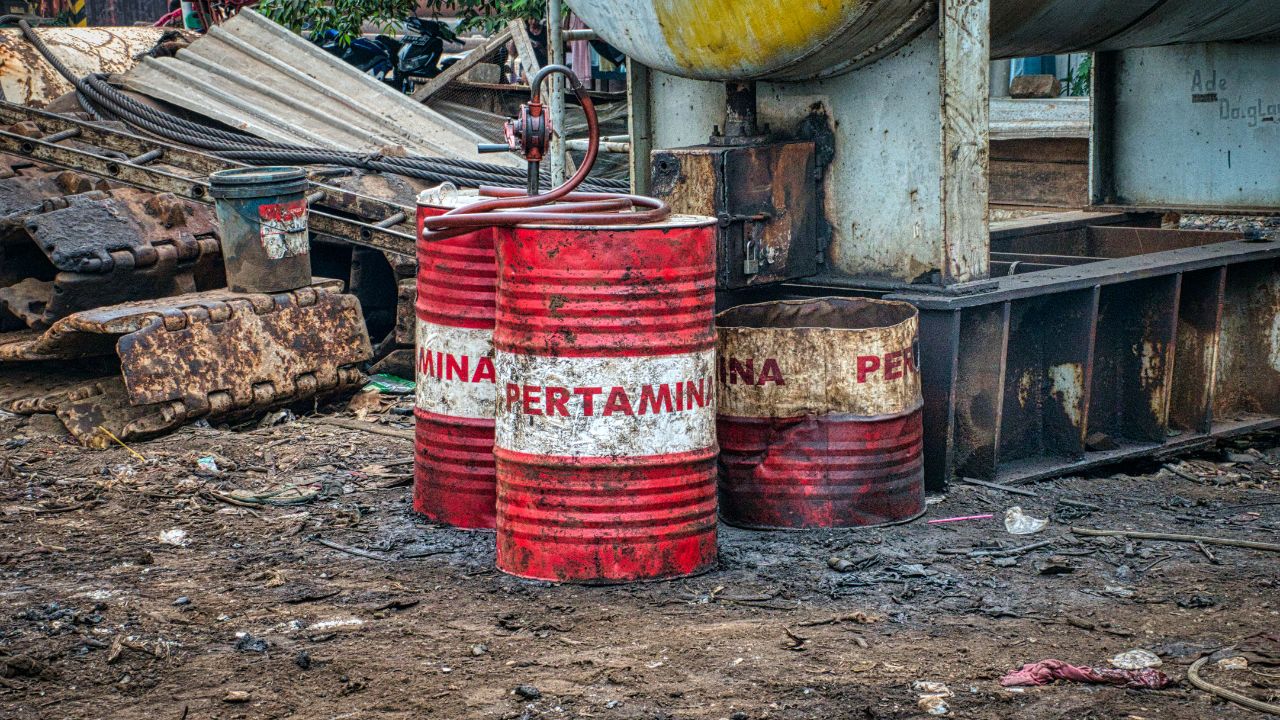
Disinfection Byproducts
Source: Formed when disinfectants such as chloramine react with naturally occurring organic matter from Colorado River and local groundwater sources; levels can vary seasonally with source water quality
Health Effects: Long-term exposure to elevated levels may increase risk of certain cancers and potentially affect liver, kidney, and central nervous system function
Current Levels: Total trihalomethanes at 27.9 ppb (186x above health guidelines) and haloacetic acids at 36.2 ppb (362x above health guidelines), though below EPA legal limits EPA Limits: 80 ppb for total trihalomethanes (TTHMs) and 60 ppb for haloacetic acids (HAA5)
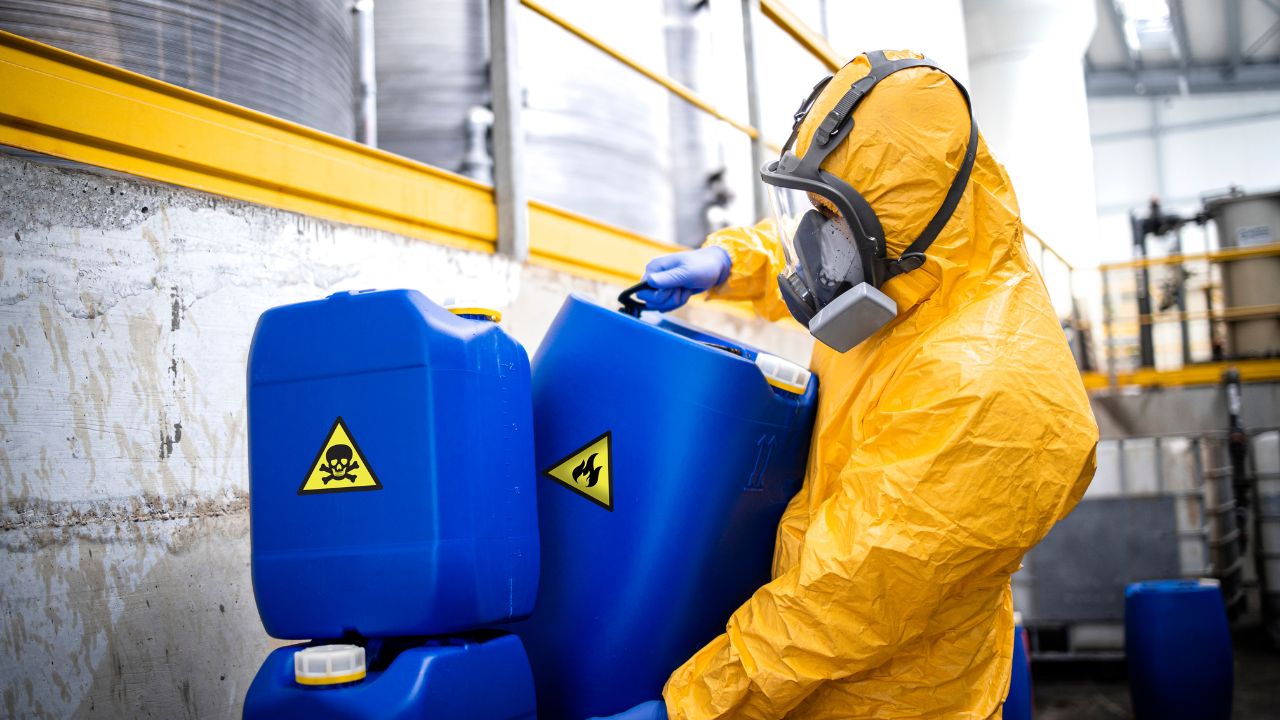
Water Hardness & Taste Issues
Source: Natural mineral content (calcium and magnesium) from imported water sources and local groundwater, combined with treatment chemicals and naturally occurring compounds
Health Effects: Hard water is not harmful to health but can cause scaling in pipes and appliances, reduce soap effectiveness, and contribute to metallic or chlorine taste and odor
Current Status: Moreno Valley water is moderately hard with occasional customer reports of metallic taste or chlorine odor Solutions: Water softening systems for hardness, activated carbon filters for taste and odor improvement
Please read – our information
The information presented on cleanairandwater.net is compiled from official water quality reports, trusted news sources, government websites, and public health resources. While we strive for accuracy and thoroughness in our presentations, we are not scientists, engineers, or qualified water quality professionals.
Our mission is to present water quality information in an accessible, real-world format that helps people understand what’s in their water and make informed decisions about their health and safety. We believe that complex environmental information should be available to everyone in a format that’s easy to understand.
We make every effort to ensure our content is current and accurate, but we cannot guarantee that all information is complete or error-free. This website should not replace official communications from your local water utility or health department. We always recommend consulting official sources for the most up-to-date information regarding your specific water system.
Clean Air and Water is not liable for any unintentional errors, omissions, or outdated information. The content on this site is provided for informational purposes only and should not be considered professional advice.


